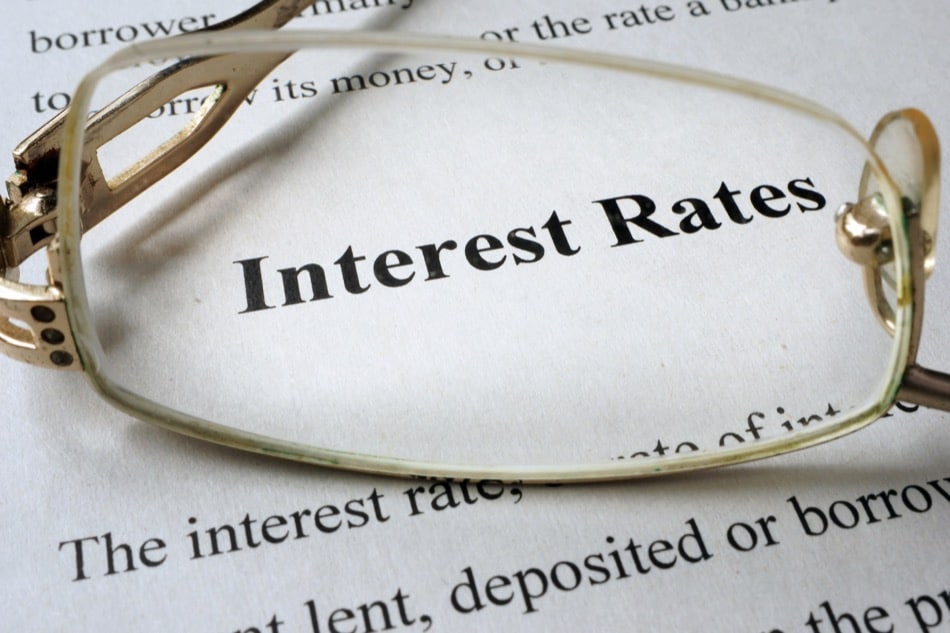
Adjustable-Rate Mortgages vs. Fixed-Rate Mortgages: What You Should Know
 When purchasing a new home, most home buyers are going to have to use a mortgage. In terms of home mortgage interest rates, there are two major types of mortgages: adjustable-rate mortgages (ARMs) and fixed-rate mortgages. But how do home buyers decide which of these two mortgages is best for them? Both ARMs and fixed-rate mortgages have their own advantages and disadvantages that make each one ideal for a different type of person. Here are some things every home buyer should consider when deciding which one to use.
When purchasing a new home, most home buyers are going to have to use a mortgage. In terms of home mortgage interest rates, there are two major types of mortgages: adjustable-rate mortgages (ARMs) and fixed-rate mortgages. But how do home buyers decide which of these two mortgages is best for them? Both ARMs and fixed-rate mortgages have their own advantages and disadvantages that make each one ideal for a different type of person. Here are some things every home buyer should consider when deciding which one to use.
For informational purposes only. Always consult with a licensed mortgage professional before proceeding with any real estate transaction.
Adjustable-Rate Mortgages
The “adjustable” part of an adjustable-rate mortgage (ARM) means that the interest rate of monthly mortgage payments can be changed periodically to better suit the current market. When using an ARM, the mortgage holder puts into the contract how often their rate will adjust, which is represented by X/1, meaning the rate will adjust once every X years. The most common rates of adjustment are 5/1 and 10/1, which mean once every five years and once every ten years respectively. However, some lenders may also offer 3/1 or 7/1 ARMs, though these are less common.
ARMs can be appealing to first-time home buyers because their rates are often lower than fixed-rate mortgages, at least at the beginning. However, it’s important to remember that while it’s possible that rates can decrease, they also have the potential to increase, and initially low rates are likely to increase when adjusted. Home buyers concerned getting unlucky and facing ever-increasing rates can breathe a sigh of relief. Fortunately, ARMs come with interest rate caps that limit how much rates can change. There are three different types of caps:
- A periodic rate cap, which limits how much rates can change each year.
- A lifetime rate cap, which limits the rise of interest rates over the loan’s entire lifetime.
- A payment cap, which limits the dollar amount of how much a monthly payment can rise.
These three interest rate caps can ensure that even if an ARM does increase, it should never reach a point where the homeowner will no longer be able to manage it.
Fixed-Rate Mortgages
The alternative to an adjustable-rate mortgage is a fixed-rate mortgage. Whereas ARMs will adjust their interest rates periodically, a fixed-rate mortgage will stay at the same rate from beginning to end. Like how ARMs have the potential to both increase and decrease, fixed-rate mortgages have the potential to be a good or bad deal depending on how the market changes after the rate has been set. Because fixed-rate mortgages can’t be adjusted after the fact, it’s possible for the homeowner to end up paying higher rates than they would have on an ARM if interest rates go down. But likewise, if interest rates increase, they will be protected from paying higher rates because the rate is fixed.
Fixed-rate mortgages are the most common type of mortgage used by home buyers. Though there are different types of fixed rate mortgages, there are usually two common varieties that can be chosen from: a 15-year mortgage or a 30-year mortgage. Once again, both of these choices have their own advantages and disadvantages. For instance, 15 year mortgages will on average pay less interest than a 30-year mortgage, but a 30-year mortgage will typically see lower monthly mortgage payments than a 15-year mortgage.
Both adjustable-rate mortgages and fixed-rate mortgages have their own unique advantages and disadvantages that can make them a good choice for different types of home buyers. When choosing between the two, it’s up to the home buyer to examine their own financial situation and decide which one is best for their specific needs as there is no one mortgage that will work for everyone. Working with a qualified mortgage lender and Apple Valley real estate agent can assist home buyers with these types and other types of mortgage and home buying questions.
For informational purposes only. Always consult with a licensed mortgage professional before proceeding with any real estate transaction.



